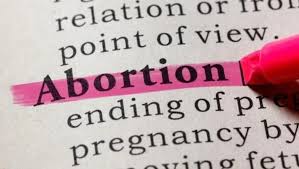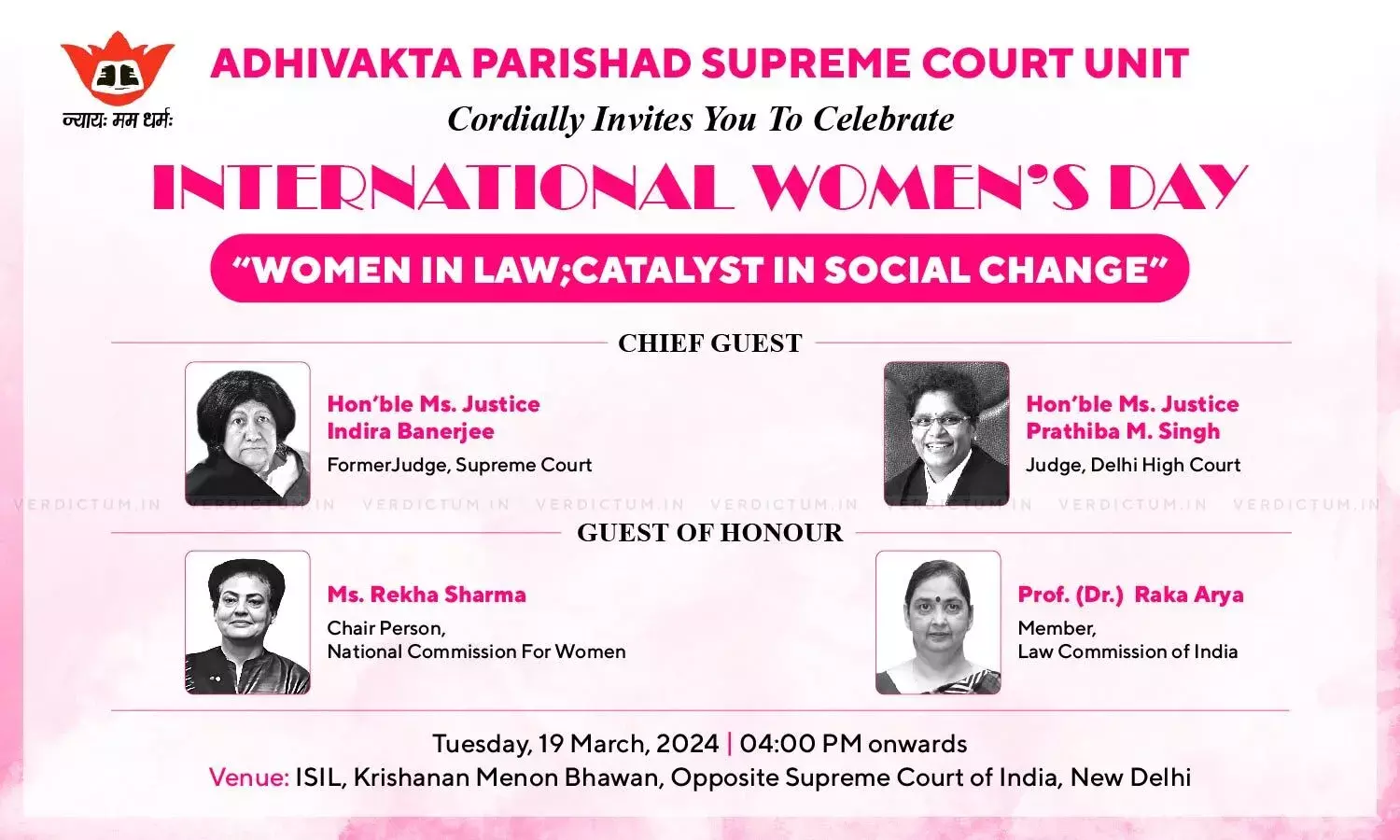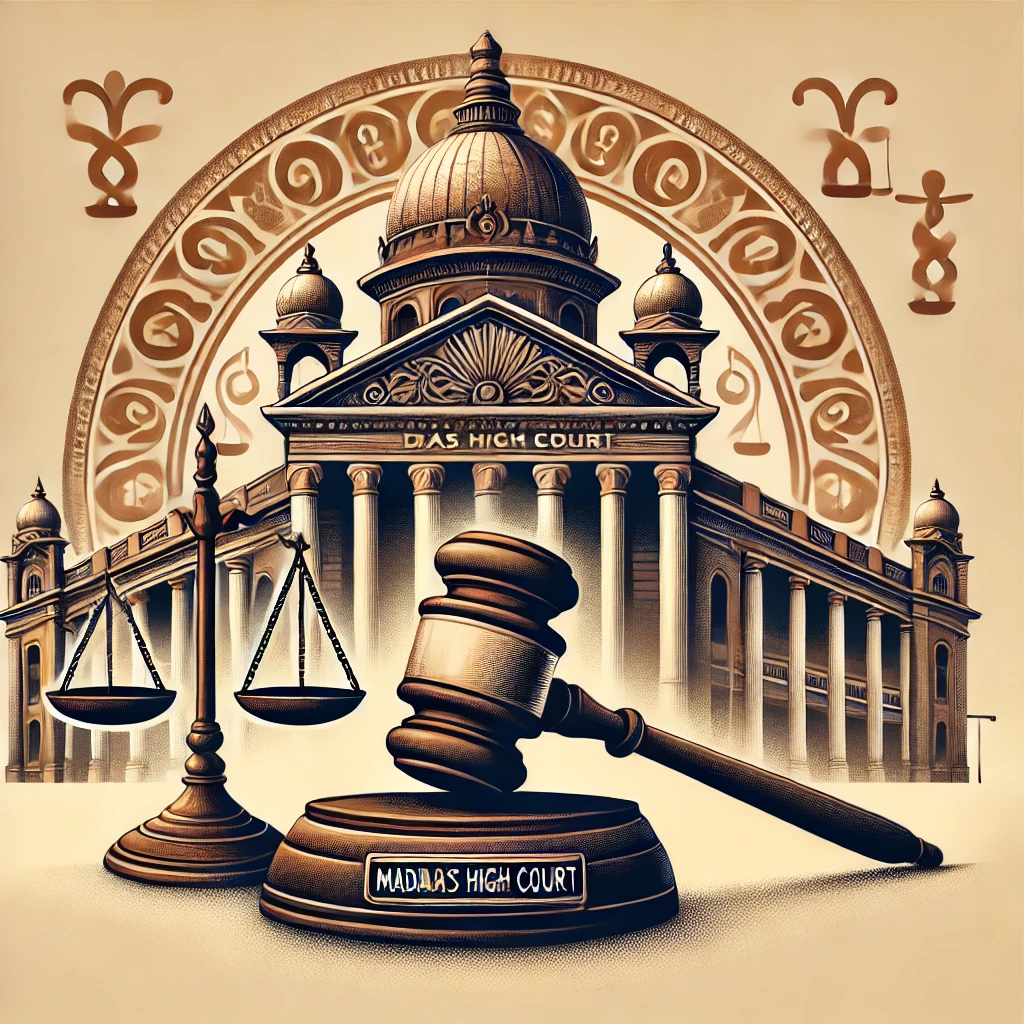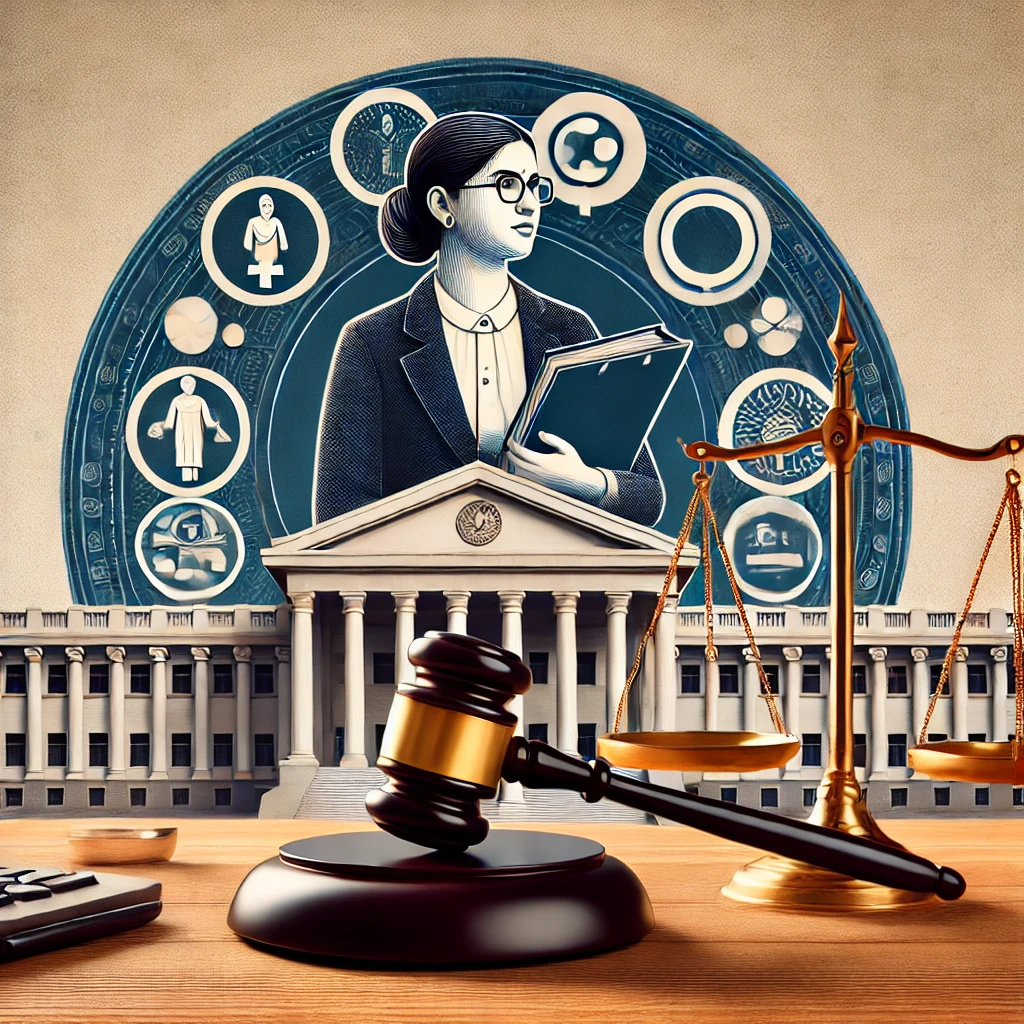Woman laws at Peru
Peru has established a legal framework aimed at promoting gender equality and protecting women's rights. While progress has been made, challenges persist in the effective implementation and enforcement of these laws.
⚖️ Legal Framework for Women's Rights
1. Law No. 28983 – Equality of Opportunities Between Women and Men (2007)
This law serves as the cornerstone of gender equality in Peru, mandating that public policies and programs promote equal opportunities for women and men. It prohibits discrimination in all spheres of life and requires the adoption of measures to prevent and eliminate violence against women. The law also emphasizes the importance of gender-sensitive judicial procedures and access to justice, particularly for women from rural and indigenous communities.
2. Law No. 30364 – Comprehensive Law to Prevent, Punish, and Eradicate Violence Against Women and Family Members (2015)
This comprehensive legislation defines various forms of violence, including physical, psychological, sexual, and economic violence. It establishes preventive measures, protection mechanisms, and sanctions for perpetrators. The law also outlines the responsibilities of different state institutions in addressing violence against women.
3. Law No. 29282 – Protection from Domestic Violence (2008)
This law amends existing legislation to provide greater protections for victims of domestic violence. It prohibits members of the National Police from promoting or entering into any kind of conciliatory agreement in situations involving domestic violence. The law also specifies immediate protective measures, such as the removal of the aggressor from the domicile and prohibition of contact with the victim.
🩺 Reproductive Rights
Abortion in Peru is illegal except in cases where the woman's life or health is at riskDespite this legal exception, women often face significant barriers in accessing legal abortions due to restrictive interpretations and lack of access to servicesA study indicates that approximately 19% of Peruvian women have had at least one abortion, many of which were performed under unsafe conditions
👩⚖️ Political Participation
Peru has made strides in women's political participation, with women holding significant positions in governmen. However, challenges remain in achieving gender parity in political representation, and women continue to face barriers such as gender-based violence and discrimination in political space.
⚠️ Challenges and Gaps
Underreporting and Access to Justice Many women do not rort violence due to fear of retaliation, lack of trust in the justice system, or lack of awareness of available service.
Cultural Norms and Gender Inequality Deep-rooted cultural norms and gender stereotypes continue to perpetuate discrimination and violence against wome.
Resource Allocation Insufficient resources and training for law enforcement and judicial personnel hinder the effective implementation of laws protecting women's right.
✅ Conclusion
While Peru has established a legal framework aimed at promoting gender equality and protecting women's rights, challenges persist in the effective implementation and enforcement of these law. Addressing these challenges requires a comprehensive approach that includes legal reforms, cultural change, and increased resources for institutions responsible for protecting women's right.
















0 comments